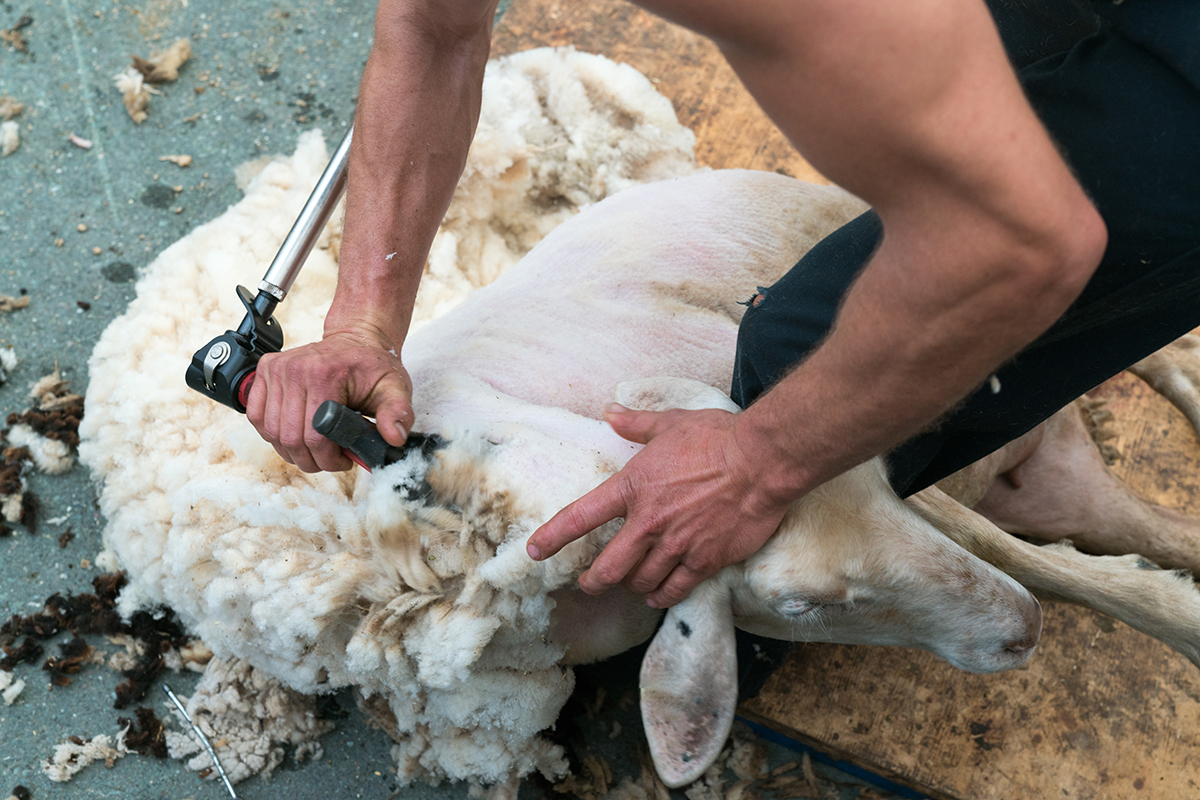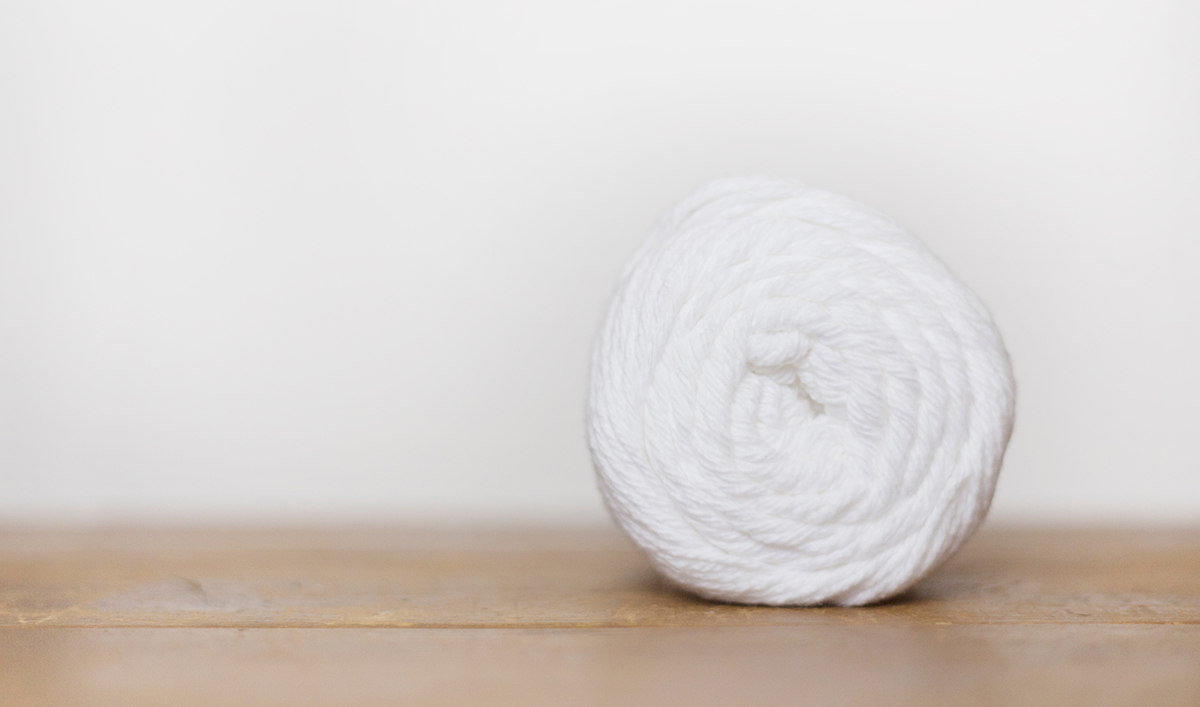WOOL MILLING & PROCESSING
The shorn wool coat from a live sheep is known as a fleece. It needs to be cleaned of any dirt or grease before it can be used for bedding, clothing or any commercial use. The cleaning process is known as ‘scouring’ and is carried out by specialist mills.
First, any wool on the fleece that cannot be cleaned is removed, with the rest of the fleece sorted into types, such as coarse or fine, short or long.
There are mills operating in many countries around the world. British mills, although now fewer in number than in previous centuries, are well known for their expertise in processing wool, right through to making some of the world’s finest wool textiles.
The cleaning processes used by mills can vary and can include the use of soap, soda ash or similar alkali, but always uses water. Some mills also use chemicals.
Most – but not all – wool bedding manufactures use wool that has been cleaned using chemicals.

Some mills also use a chemical treatment with a chlorination process.

Rollers in the cleaning (‘scouring) machines squeeze excess water from the fleeces.
Wool is needled to create ‘loft’ and increase softness.
The wool is then either carded, for making yarns, or teased or needled for wool bedding. The needling process helps to trap air in the wool fibres, to create ‘loft’ and increase softness, making it especially good for wool duvets.
References: Make It British, Wikipedia

